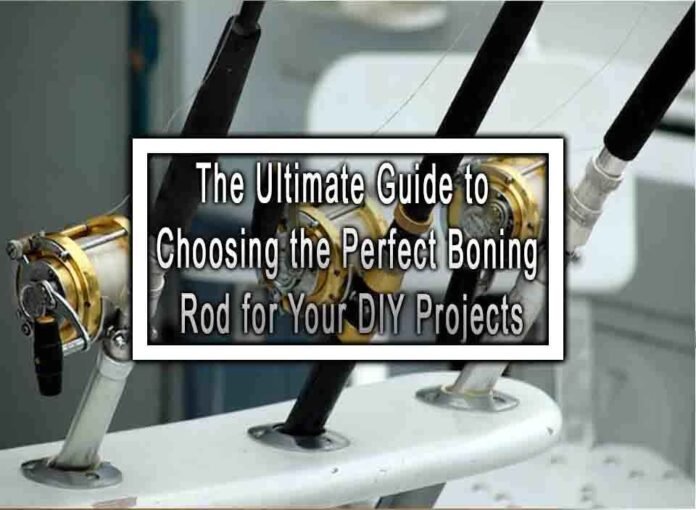Choosing the perfect boning rod for your DIY projects, especially in crafting or sewing, requires consideration of various factors to ensure you have the right tool for the job. A boning rod is typically used for shaping and adding structure to garments, especially in corsetry, costumes, and other projects that require precision. Here’s a guide to help you choose the right boning rod:
1. Material:
- Boning rods are commonly made from materials like plastic, steel, and synthetic materials. Each material has its pros and cons:
- Plastic: Lightweight and flexible, suitable for lightweight fabrics and projects.
- Steel: Sturdy and durable, provides excellent support and structure.
- Synthetic: Can be more affordable than steel, offering a balance between flexibility and rigidity.

2. Thickness and Flexibility:
- Consider the thickness and flexibility of the boning rod based on your project’s requirements:
- Thicker rods provide more support and structure, ideal for corsetry and garments that require shaping.
- Flexible rods are suitable for projects where bending and movement are necessary.
3. Length:
- Choose a boning rod length that matches the specific areas of your project where you need support or structure. It should be long enough to cover the necessary span without excessive length.
4. Rigidity vs. Flexibility:
- Decide whether you need a boning rod that is rigid and provides strong structure or one that is more flexible and allows movement.
- For corsets, bodices, and garments requiring significant shaping, rigid rods may be preferred.
- For costumes or projects that need some support without sacrificing comfort, more flexible options can work.
5. Coating or Covering:
- Some boning rods come with a fabric covering or coating that prevents them from poking through fabrics and provides additional comfort.
- Consider whether you need a coated or covered boning rod based on your fabric type and project.
6. Sewing vs. Non-Sewing:
- Some boning rods are designed to be sewn directly onto fabric, while others can be inserted into casings or channels.
- Determine which method is most suitable for your project and choose the boning rod accordingly.
7. Project Type:
- Consider the nature of your DIY project. Are you working on a corset, costume, dress, or something else? The requirements for support, shaping, and movement will influence your choice.
8. Brand and Quality:
- Choose boning rods from reputable brands or suppliers known for their quality products. A well-made boning rod will last longer and perform better.
9. Test and Experiment:
- If possible, test different boning rods on scraps of fabric similar to your project before making a final decision. This will help you assess the level of support, flexibility, and comfort they provide.
10. Budget:
Consider your budget when choosing a boning rod. While quality is important, there are options available at various price points.
Remember that the right boning rod can significantly impact the structure, fit, and overall appearance of your DIY projects. By considering the factors mentioned above and choosing a boning rod that aligns with your project’s requirements, you can achieve professional-looking results and enhance the quality of your creations.











